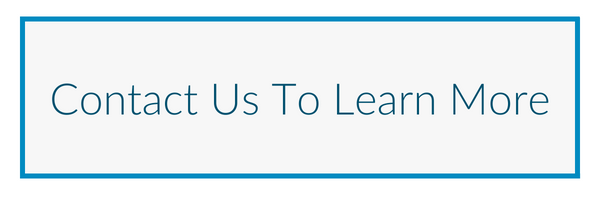If your annual survey window is approaching, it’s important to start preparing. Preparations should include reviewing QAPI, possibly having a third-party conduct a mock survey, and more.
In addition, you should ensure your policies and procedures have been reviewed and updated to reflect the regulatory changes as noted in the State Operations Manual Appendix PP - Guidance to Surveyors for Long Term Care Facilities.
Common F-tags cited on SNF state surveys include:
- Infection Prevention and Control (F 880)
- COVID-19 Reporting to CDC (F-884)
- Free of Accident Hazards/Supervision/Devices (F-689)
- Quality of Care (F-684)
- Food Procurement, Store/Prepare/Serve-Sanitation (F 812)
10 Ways to Help Prevent CMS Survey Violations
1. Review QAPI (Quality Assurance and Performance Improvement)
Focusing on your QAPI data can help leadership identify gaps in processes. The Centers for Medicare & Medicaid Services (CMS) has a QAPI resources page to provide nursing homes with additional support such as downloadable guides. Be proactive in developing and completing a plan of correction for any identified high-risk occurrences.
2. Utilize and complete CMS Critical Element Pathways for areas of concern identified
Critical Element Pathways are tools surveyors use to conduct systematic investigations during the survey process. These pathways outline in detail what a surveyor will look when investigating triggered issues and residents.
3. Conduct frequent rounds
Get in the habit of performing frequent rounds. Rounding is extremely effective in ensuring resident satisfaction and safety and in identifying potential hazards and risks.
4. Thoroughly review resident charts with high-risk care needs
Focus on proper documentation, particularly for residents that have high-risk conditions or procedures, such as enteral tubes, weight loss, dehydration, falls, pressure injuries, behavioral concerns, and/or restraints. A large part of the state survey requires the surveyors to pinpoint care issues and how care is provided and documented on a case-by-case basis.
All members of the management team are usually given an assignment to focus on during state survey. When surveyors enter the building, there are hallways/rooms that managers should be going to immediately to check for compliance. The leadership team should be visible throughout the survey and assisting staff and residents as needed within their scope of practice. It is imperative that direct care staff have nametags on and that they’re clearly visible.
6. Interview a sample of residents utilizing surveyor questions noted in Critical Element Pathways
Conduct mock interviews with residents who are likely to be interviewed by the state. This includes residents with a high cognitive function, especially the Resident Council President and/or Vice President. Consider mock interviewing residents who complain often or have been known to call state, residents involved in State Reported Incidents (SRIs) since last survey, and residents that trigger quality measures.
7. Ensure Matrix and Form 672 are updated at least weekly – preferably daily – during survey window
- Form 672 is a CMS form that identifies current census as well as the conditions of residents (mobility, mental status, medications, etc.). Having this form prepared helps with efficiency of the survey process.
- The 802 Matrix Form is used by surveyors to identify pertinent care categories for residents.
The Entrance Conference Worksheet identifies which documents surveyors will need immediately and at various times throughout the survey such as census information, alphabetical list of all residents, list of current residents who are confirmed or suspected cases of COVID-19, list of residents who smoke, smoking locations and times, etc.
9. Ensure Medical Director is aware of survey process and expectations
Keeping the Medical Director involved throughout the survey process is key to a successful survey. Make sure they are aware of their role. Additionally, make sure the Medical Director is available when the survey process begins - he or she could potentially be interviewed.
Mock surveys serve as an excellent preparative tool to help nursing homes detect major issues prior to their annual survey. During a mock survey, a third-party group will visit a nursing home/long-term care facility and evaluate current processes and systems. Mock surveyors are industry experts who will provide documentation of findings – the good, the bad, and the ugly.
LeaderStat’s Consulting team can provide a comprehensive mock survey process that mimics the LTCSP (Long-Term Care Survey Process) with a focus on survey readiness. We have carefully designed our process around getting to know your center, clinical systems, leadership, and staff, so that we become familiar strengths and opportunities that are specific to your facility. With this familiarity as our foundation, our goal is to identify and minimize overall risk of citation during an on-site visit from the Joint Commission or CMS.
In addition to mock surveys, LeaderStat’s Consulting team provides a variety of Survey Readiness Consulting Services to organizations nationwide, including risk assessments, emergency preparedness surveys, and more.
Want to learn more? Contact us and we’ll set up a quick phone call to discuss a customized plan.
-1.png?width=292&height=64&name=LeaderStat%20Logo%20(4)-1.png)


-1.png?width=258&name=LeaderStat%20Logo%20(4)-1.png)